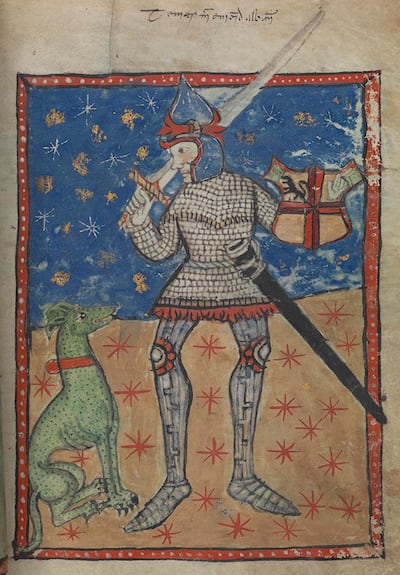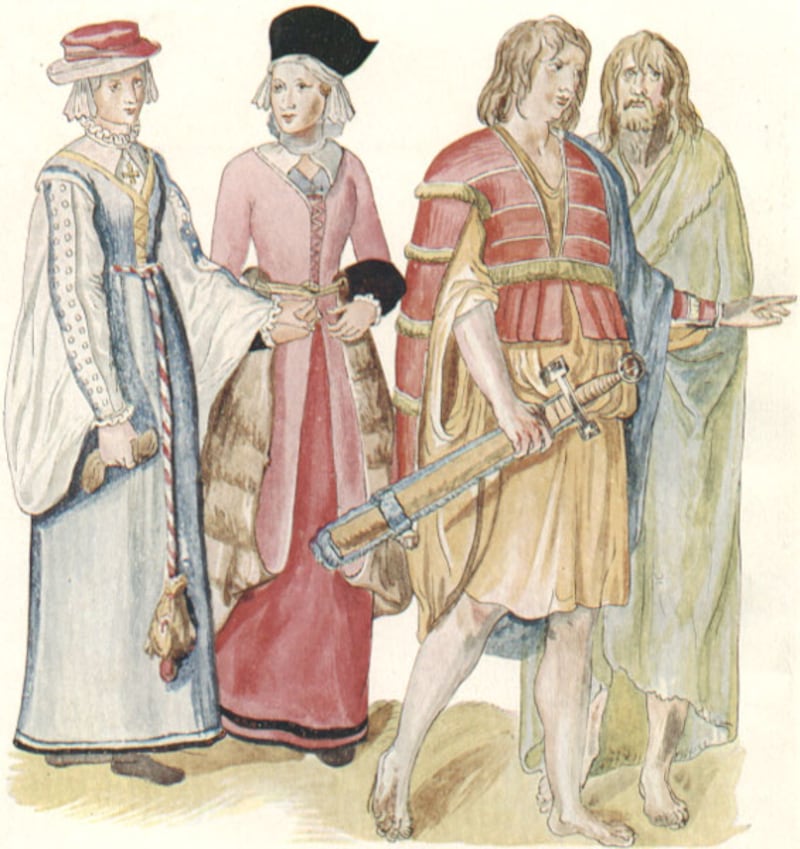The defeat of the Gaelic chiefs at the Battle of Kinsale in 1601 and the Flight of the Earls in 1607 which followed are widely regarded as two of the greatest calamities in Irish history.
The end of Gaelic Ireland presaged the Plantation of Ulster, the Cromwellian conquest and the Battle of the Boyne, three events in the 17th century which have consequences to this day.
The Danish philosopher Søren Kierkegaard once said "life can only be understood backwards; but it must be lived forward". The same is true of history.
Many historians view the decades before Kinsale through the prism of what happened after Kinsale, but in the late 16th century those involved in Gaelic Ireland had no idea that a way of life was coming to an end.
Maynooth academic Prof Patricia Palmer has been given a grant of €1 million by the Irish Research Council's Advanced Laureate programme to create an online resource remembering a period which she believes is unjustly ignored in the study of Irish history.
The Macmorris project

The Macmorris project sets out to recover the complexity of Ireland’s transformative years between Henry VIII’s assumption of the kingship of Ireland in 1541 to the Flight of the Earls.
Macmorris stands for Mapping Actors and Contexts: Modelling Research in Renaissance Ireland in the Sixteenth and Seventeenth Century. It is also the name of an Irish character in Shakespeare's play Henry V which was first produced in 1599.
The aim is to create the first annotated and interactive digital map of all cultural players-from poets, patrons, and pamphleteers, to translators, travel-writers, and administrators-of this rich period in Irish history.
Prof Palmer says she hopes the map will counter the narrative that it was a doomed society.
“Irish society was anything but a society in freefall, heading inexorably towards defeat,” she said.
“Rather, it was a remarkably vibrant place, where several cultural traditions and languages flourished, sometimes in dialogue, sometimes clashing. The English newcomers, agents of the conquest, funnelled the energies of the English Renaissance into what was a surprisingly bookish conquest: this was a conflict where words mattered as much as swords.

"Gaelic culture is vibrant; the English vernacular of the Pale is lively and colourful; agents of the Tudor conquest like Edmund Spenser bring the energies - often dark energies - of the English Renaissance to Ireland; and contact with mainland Europe is routine."
“Macmorris allows us to tap into a diverse, multilingual world that reminds us just how rich and complex the wellsprings of Irish culture are.”
This project will address Ireland’s place in the European Renaissance - another neglected area of historical study.
She is among among 12 researchers awarded a total of €11.8 million from the IRC under the IRC 2019 Advanced Laureate Awards Programme for what it described as “world-class frontier research.”








